New Tires Balanced But Still Vibrating – Causes and Fixes
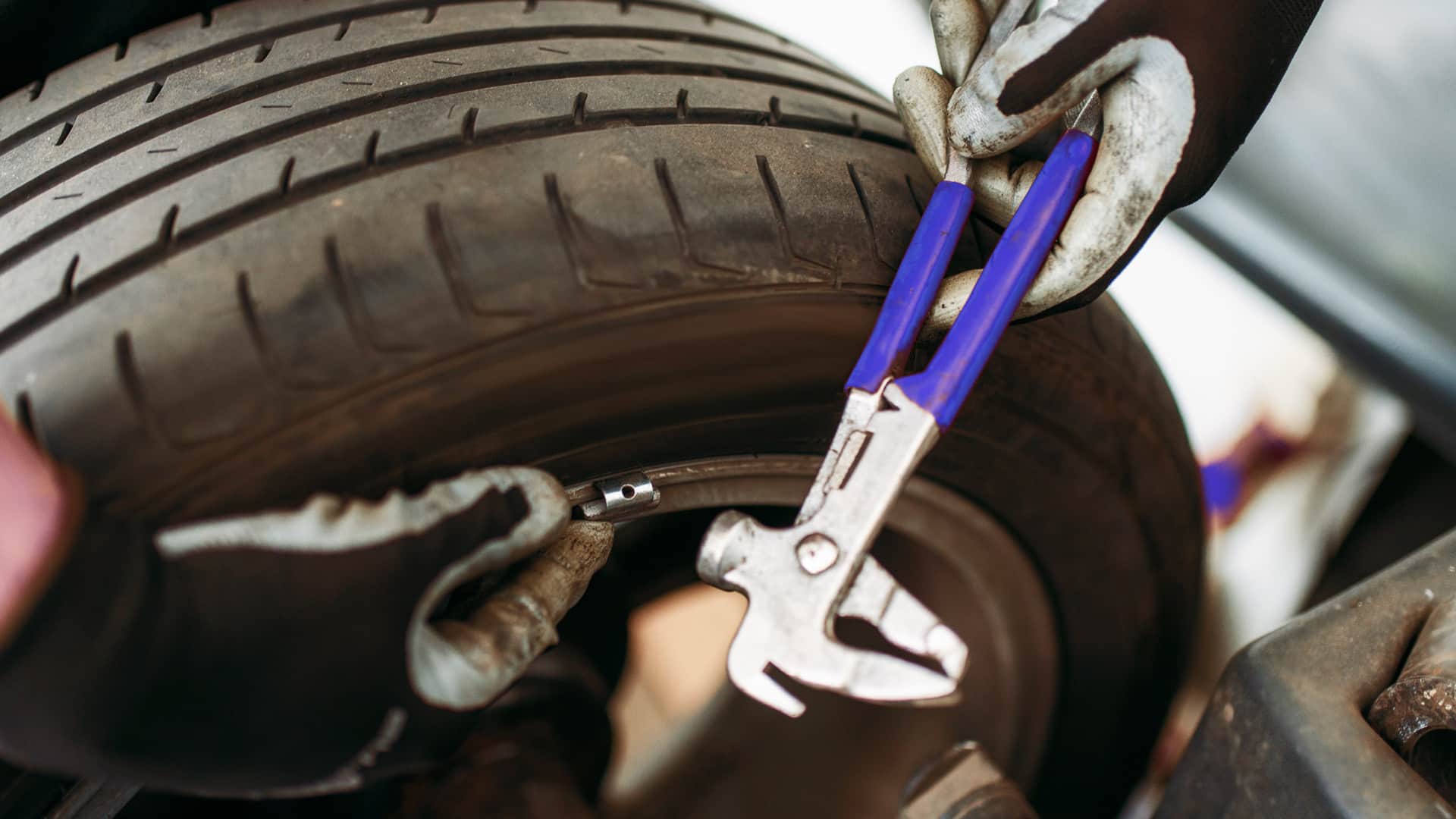
Tire vibrations can be a frustrating and potentially dangerous problem for drivers. Even after investing in new tires and balancing, vibrations can persist, causing discomfort and affecting the driving experience.
In this article, we will explore the various reasons for persistent tire vibrations and provide solutions to help drivers get back on the road smoothly.
Why Are My New Tires Balanced But Still Vibrating?
Even with new balancing, tire vibrations can still occur due to several reasons, such as improper wheel imbalance, misaligned wheels, worn-out suspension components, defective tires, damaged wheel rims or brake components, incorrect tire pressure, or remounting.
Improper Wheel Imbalance
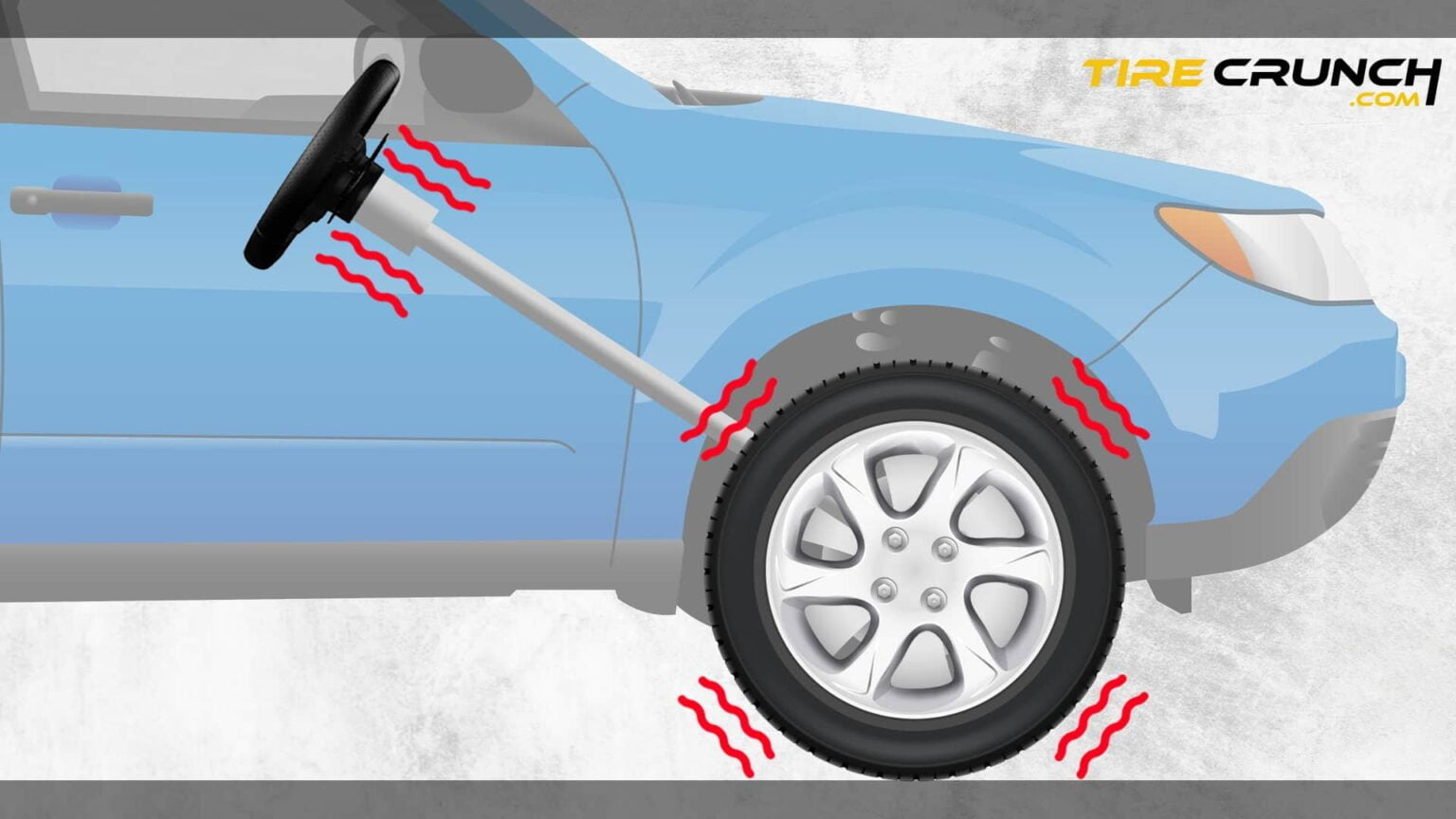
One of the main reasons why your new tires may still vibrate is due to improper wheel balancing.
When a tire is mounted onto a wheel, it is placed onto a balancing machine that measures any imbalances that may exist. The machine then calculates where the weights need to be placed on the wheel in order to correct these imbalances.
If the technician who is performing the wheel balancing does not do so correctly, the wheel may still have imbalances that can cause vibrations.
For example, if the weights are not placed in the correct locations, or if the technician fails to account for any other factors that may affect the balance of the wheel, the wheel may still vibrate.
Additionally, if the technician uses incorrect weights or fails to properly secure the weights to the wheel, the weights may fall off, causing the wheel to become unbalanced once again.
Damaged Rims
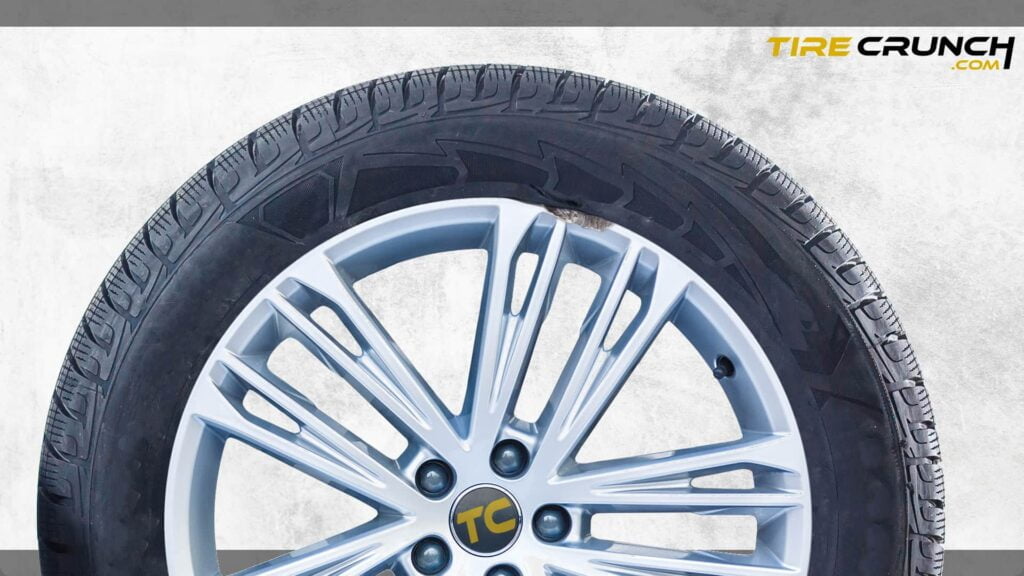
Another reason new tires might vibrate even after being balanced is due to damaged, cracked, or bent rims. When rolling into a big pothole in the road, there is a chance that structural damage will occur to tires or wheels and cause them to become bent.
Damages, such as a small bend or crack in the rim, can cause an uneven distribution of weight and lead to shaking while driving.
Overinflated Tires
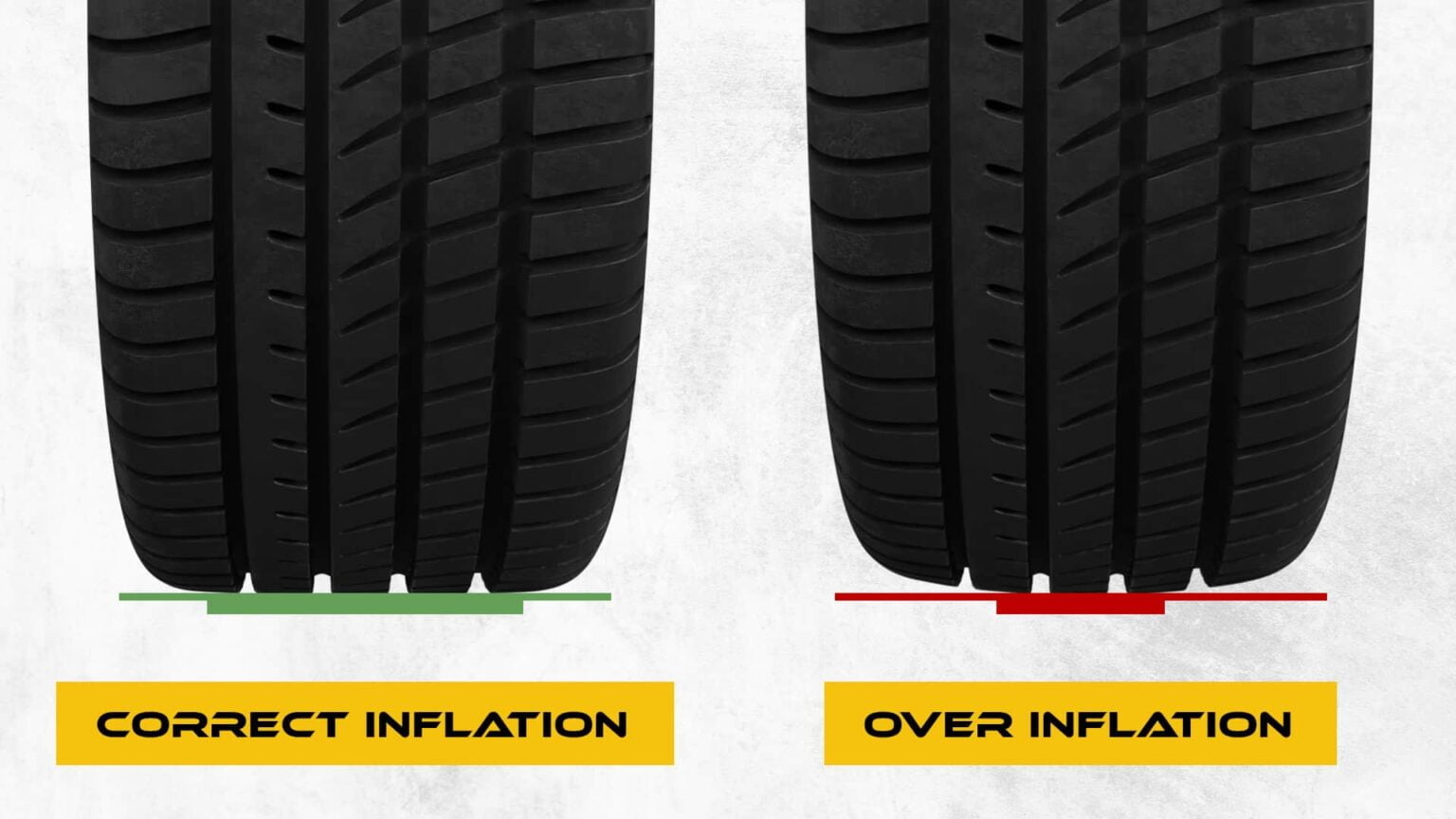
Overinflated tires can also cause vibrations even after new tire balancing. When a tire is overinflated, it becomes stiff and acts like a bouncing ball, and can lead to vibrations that can be felt in the steering wheel or throughout the car.
Loose Lug Nuts
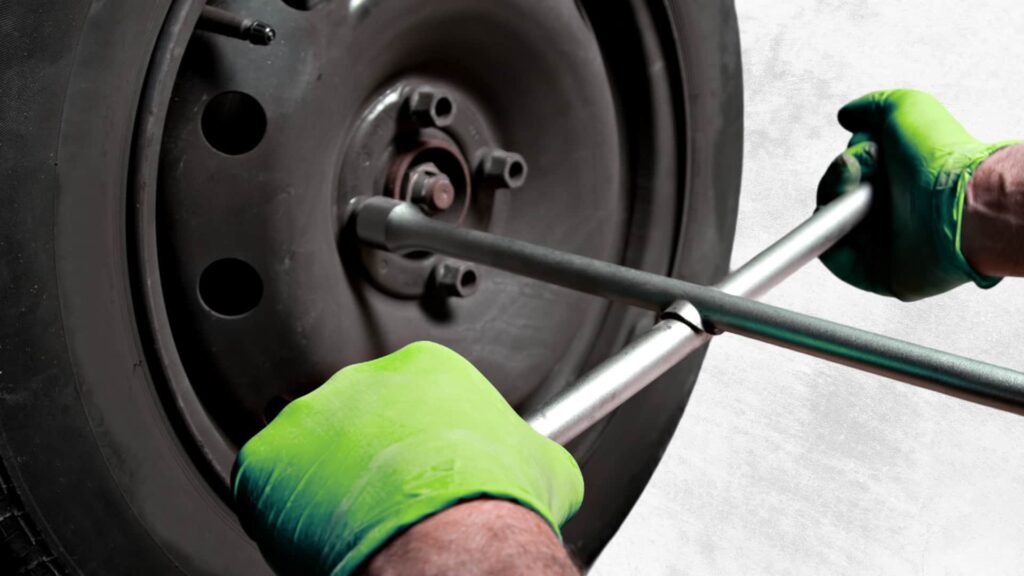
Lug nuts hold the wheels securely in place on the car’s hub assembly. Loose or improperly tightened lug nuts can cause wheel wobble, leading to vibrations while driving.
Wheel Alignment
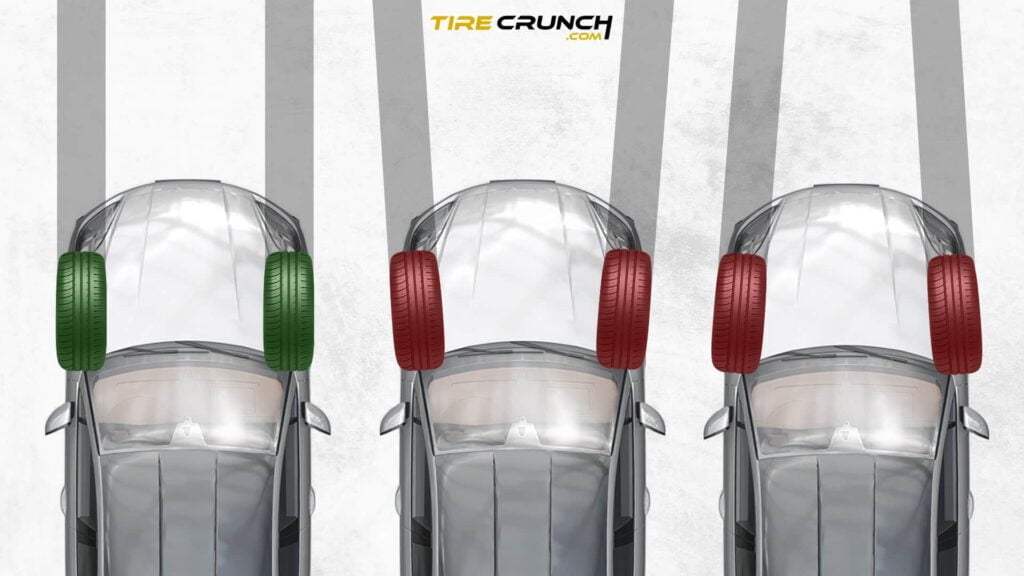
Wheel alignment is another possible culprit of tire vibrations. Proper wheel alignment ensures that all four tires point in the same direction and are perpendicular to the ground, preventing uneven wear on your tires.
Misaligned wheels can cause a variety of issues including steering wheel shake, pulling to one side, and inconsistent tire wear patterns. If you notice any of these symptoms or if your vehicle has experienced some sort of impact like hitting a curb or pothole, it may be time for a wheel alignment check.
Defective Tires
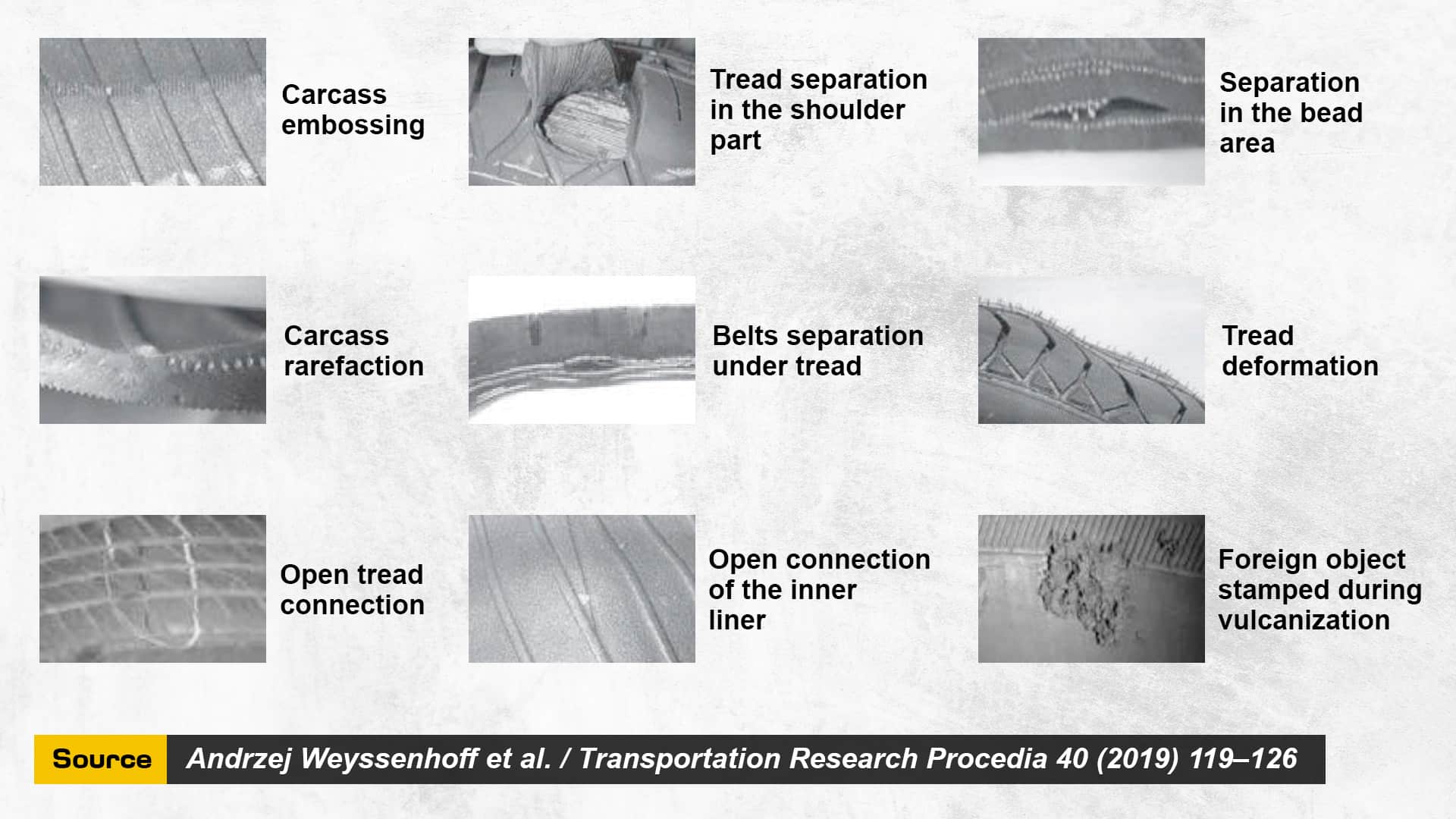
In rare cases, a tire may be out of round right from the manufacturer, making it difficult or impossible to balance it properly. If you experience vibrations after a new tire installation, even after the technician has balanced them to the best of their ability, this could be a sign of a defect.
Don’t worry though – in these cases, you’re assured a replacement under warranty.
Tire defects don’t necessarily mean physical damage or flaws that are visible to the naked eye; they can also refer to issues with the internal construction of the tire itself.
Worn-out Suspension Components
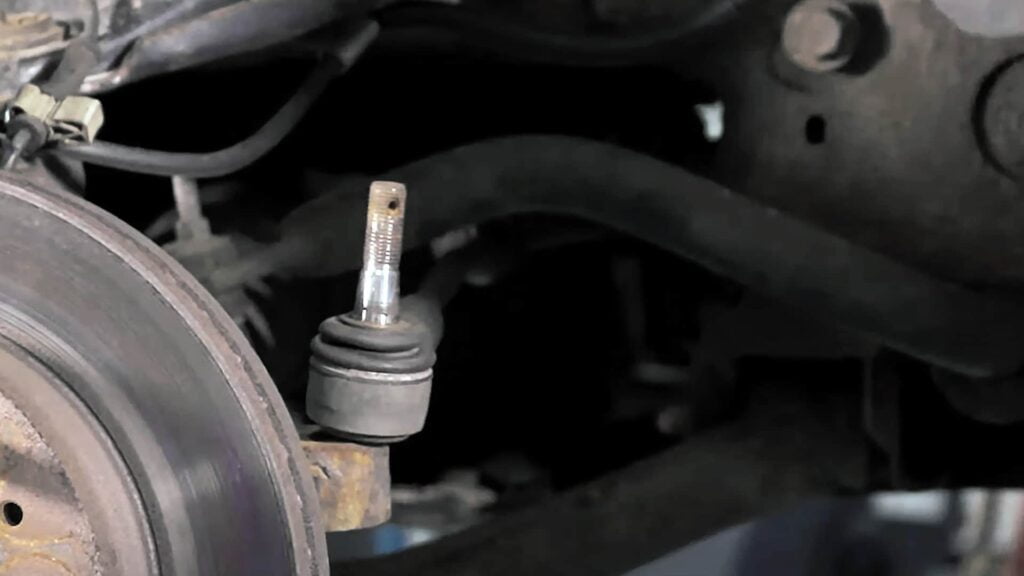
Worn-out suspension components can significantly contribute to tire vibrations. Over time, parts such as control arms, shocks or struts, tie rods, and wheel bearings may wear out or break down due to regular use or rough road conditions.
Other causes
We have discussed various ways in which tires can cause driving vibrations, but they are not the only potential culprit. Other less likely reasons for vibrations include:
It’s important to get any vibrations diagnosed by a professional mechanic in order to ensure road safety and prevent further damage to the vehicle.
Leaving a vibration unaddressed is never an option, as it will only worsen over time–from minor inconveniences to dangerous hazards.
Solutions For Resolving Persistent Tire Vibrations
Road Force Balancing
Road force balancing is a solution to resolve persistent tire vibrations. While regular wheel balancing involves identifying and correcting the imbalance of the tire, road force balancers measure the force variation and runout of the whole wheel and tire assembly, as well as the radial and lateral runout of the wheel.
By simulating how a tire would react under real-life driving conditions, technicians can identify any high spots or variations in stiffness within a tire that may cause excessive vibration at certain speeds.
Checking Wheel Alignment, Lug Nut Torque, and Tires For Defect
Replacing Damaged Components
If none of the above solutions work, it might be time to replace some suspension components. Here are some parts that may need to be replaced:
Preventative Measures For Avoiding Tire Vibrations
Regular tire maintenance is crucial in ensuring the longevity of your tires and avoiding potential vibrations. Here are some key tips to keep in mind:
Final Words
In conclusion, tire vibration after getting new tires is a common and frustrating issue. It can be caused by various factors such as unbalanced wheels, misaligned wheels, worn-out suspension components, defective tires, damaged wheel rims or brake components, incorrect tire pressure or even damaged rims.
To prevent persistent vibrations in your car’s steering wheel and ensure a smooth ride, regular tire maintenance is crucial.
In case you experience lingering vibrations despite attempts to solve them yourself or if there are abnormal noises while driving; it is always best to seek professional help for underlying suspension issues.
